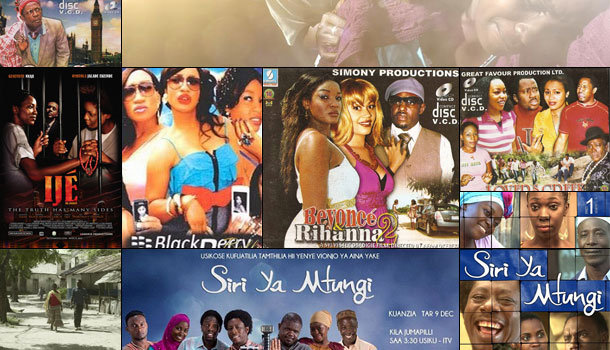In a country where most rape cases go unreported, a silent protest at five university campuses around South Africa found a new voice against the scourge.
Botswana’s president clawed by cheetah
Botswana’s President Ian Khama has received two stitches in his face after being clawed by a cheetah, a government spokesperson said on Monday.
The incident occurred at a Botswana Defence Force barracks last week, Jeff Ramsay told AFP.
“He was scratched by a cheetah last week but not really attacked per se,” Ramsay said.
The cheetah was being fed in an enclosure close to where Khama was standing, became excited and somehow managed to get its claw across the president’s face.
Khama (60) was not admitted to hospital, but did receive treatment.
He was seen last week with a plaster on his face.
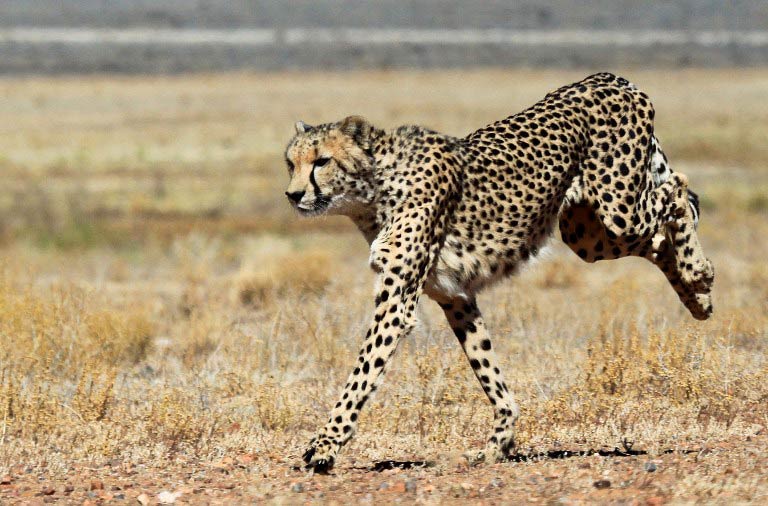
Ramsay said there were no security implications and added that because of the minor nature of the injuries the government had initially decided not to issue a public statement.
Cheetahs, the fastest land mammals, are one of the few large cats not to have fully retractable claws. Far from being razor sharp the claws are more akin to those of a dog than a lion.
A 2007 study by a conservation group found there were about 1 700 cheetah in Botswana, a country framed for wildlife and its national parks which take in swathes of the Kalahari desert and the Okavango Delta.
Khama, a former lieutenant general who was trained at the Royal Military Academy at Sandhurst, England and has been in power for five years, is known as something of an outdoorsman.
But he is better known for his patronage of conservation organisations rather than daredevil antics like his Russian counterpart Vladimir Putin, who was once photographed with a tiger. – AFP
Beyond Nollywood: Africans through the lens
I have always wanted to claim some kind of artistic savvy, the more so now that I write for public consumption. Alas, that is not the case. I live on a steady diet of DVDs and genre fiction, driven entirely by an insatiable appetite for entertainment that feels good. There is perfectly enjoyable high-brow stuff out there, but somewhere between having Salman Rushdie and Catcher in the Rye thrust upon me I learned discernment. I mostly read historical romance novels now, with a very light sprinkling of titles that are more admissible in public.
Up until three or so years ago, I cheerfully consumed Hollywood products. Something has happened to Hollywood, though, hasn’t it? These days only Robert Downey Jr., Star Trek and 007 will get me anywhere near a Cineplex. There is always a silver lining and in my case it has been the expansion of horizons. Now that I don’t care what Tinseltown does to itself, I am present enough to notice some of what is happening closer to home. Turns out that there are diamonds in my backyard after all.
I grew up in Brazzaville, Bujumbura, Mbabane and Dar es Salaam in the eighties and nineties on state broadcasters and the very occasional video that was deemed age-appropriate by the adult mafia. My parents especially made substantial contributions to the Disney empire. There wasn’t any opportunity to even imagine that the culture I consumed might reflect me in any way. The African female audience member? Laughable notion. The closest I ever came to relating to any character was the youngest Huxtable kid, and that was a stretch.
The thing is, no matter how open a person is to the range of human creativity, deep inside she craves the familiar. Everyone wants to see themselves on the page, on the screen. We want our stories told.
About ten years ago, a particularly involved conversation with an African American about depictions of black people in popular culture prompted me to dedicate my senior thesis to exploring depictions of Africans by Hollywood between 1930 and 2001. The only good thing I can say about this exercise is that I met a man from New York with an excellent collection of African cinema. The rest was tears and horror.
Things have changed – there was nowhere else for Hollywood to go but upwards. Nonetheless, the experience left me with a rather unfortunate prejudice: the idea that only Africans can make competent movies about Africans.
Well, I was wrong. There is no explanation for Nollywood products and their unfortunate imitations throughout Anglophone Africa. I tried to find something palatable in those eye-rolling, garish, tasteless and superstitious cretins that pass for “characters” and failed miserably. The depths of loathing that I reserve for Nollywood can only be matched by how I feel about stepping barefoot into a pile of thorn-laden, fermenting excrement.
Development cinema saved the day for me, since it is always too long between good pieces of African cinema. Listen, I am horribly surprised about this, and embarrassed. We’re all Africans here, we know the deal. The NGOs and the Breton Woods and the savior-complex poverty tourists equipped with cameras and an internet connection have been framing us, selling us and commercially spreading the gospel of their cause for years. Sweet ancestors: are these people for real?
But then one day there I found myself alone with YouTube and a link to some locally produced, externally funded efforts. Twenty four hours later I was sold on the television series Siri ya Mtungi. It had so much that my soul needed to see: gorgeous Tanzanian women who look like the plumptious, dark-skinned, beautiful, complex and intelligent people I know. Men as venal and stupid and morally bankrupt, as delightful and gentle and wise and generous, as I have ever encountered. Conflicts that I can understand. All to the tune of an excellently curated local soundtrack.
There is also lots of sex. We’re all Africans here so let’s tell it like it is. Our sex is always depicted as exotic, deviant, or fraught with danger and disease. Like I said: tears and horror.
Siri ya Mtungi is not exactly innocent. It aims to change the sexual behaviors of Tanzanians in order to curb the spread of HIV/Aids infections. Refreshingly though, there is no fire or brimstone here. Just good old fashioned storytelling spiked with provocation. They’re trying to throw condoms at the viewer, in the hopes that she might catch one like an unplanned pregnancy.
I literally watched my favorite uncle die of the slim disease in the nineties, slowly and painfully. Don’t need any additional behavior-change messaging, thank you kindly. Condoms come as naturally to me as eating my vegetables. Consequently I am not watching the series to learn anything new – I have a natural immunity to messaging – but I am very interested in the depictions of our sexuality.
Sex is a great lens through which to examine life. When someone gets your sex right, they get you right, donor-funded or otherwise. I hooked onto this series simply because it showed me … well, us. The smiles were familiar. The cadences were familiar. The settings are enchanting, the women feisty, the men handsome kinds of bad news. Finally. I can tell Hollywood and Nollywood to kiss my bountiful African posterior, for I have found some satisfying measure of truth on the screen.
Elsie Eyakuze is a freelance consultant in print and online media from Tanzania, working mainly in the development sector. She blogs at mikochenireport.blogspot.com. Connect with her on Twitter.
Not your average bikini wax
When talking about Africa, many people still wax lyrical about vast, empty savannahs, The Lion King, flies, drums and naked women. And then they share their fears of violence, disease and crime.
By far, my greatest fear in Kenya is Njeri.
She’s the mobile “beauty therapist” who makes sure my lady bits – and those of many other expats and foreigners – are under control. Call her anytime you need her and she’ll take a matatu (taxi) and come to wherever you are, with her equipment.
When she arrives at my house she immediately sets to work. She puts her pot of wax – which she’s made with sugar, water and lemon juice – on the stove, and takes off her top. The heat along the Kenyan coast is brutal and standing over a hot stove with no fan or air-conditioning is hard work.
The process is the same every time: Njeri tells me to place an old sheet on the bed and to drop my pants and lie down on it. Then she politely asks me to spread my legs.
She moves the boiling hot pot from the stove to the bed, places it between my legs, and tells me not to move. She dips an old rusted butter knife into the pot and blows on it in a feeble attempt to cool the wax slightly. Then she spreads hot wax, like butter on toast, onto my lady bits. I can’t move or scream without knocking over the pot between my legs. I have to stay deadly still and scream on the inside.
Njeri then takes a scrap of material that she cut up the night before. Her wax strips are cuts of fabric from old bed sheets, clothes, jeans, whatever she can get her hands on. She spreads it over the hot wax, rubs up and down, and starts making clicking, clucking noises and shaking her head.
It’s her way of preparing her client for the pain to come.
She rips the fabric and wax off my bits, and immediately pats my skin and shushes me, like a mommy placating a crying baby.
“Oh, shhhhh, shhh, shhhhhh.”
And she does it all over again. Once she has used up a strip of fabric she throws it on the bedroom floor, for me to walk around collecting afterwards.
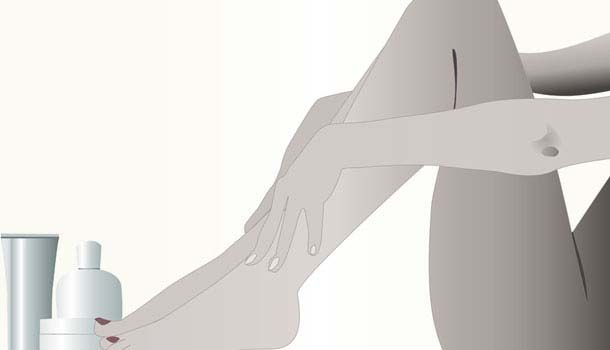
When she is done, it’s time for my legs. Half an hour later she showers my body with baby powder and tells me what a good girl I’ve been. She puts her hand out for her 400 Ksh (about R40) and heads out, leaving me on my bed, still sticky with remnants of wax, surrounded by strips of dirty fabric, and covered in powder.
Fast forward to the evening.
When my husband gets back from work, I tease him a little and tell him about my bikini wax. He doesn’t need much teasing and follows me into the room. Just as things are getting hot and heavy, Disco, our psycho cat (named such because she fell out of the thatched roof of the local bar and landed head-first on the dance floor), attacks me.
Turns out there is a stand of string from Njeri’s fabric strips still stuck to my butt. At first I didn’t realise that it was Disco who was clawing at me to get to it … so I scream.
I’m on my husband, the cat is on me, and in an epic climax (not quite the one I had in mind), in runs the security officer with his rungu (wooden baton) because he’d heard the commotion and thought something was wrong.
So much for a romantic night with my man.
Bash, from South Africa, is a freelance project development analyst based in Kenya. She spends most of her time snorkelling, is obsessed with giraffes, has too many tattoos and loves travelling.
Step out in style: Handmade Moroccan shoes
When designer Tory Noll visited Morocco, she found inspiration in a tiny, unassuming shoe shop in Marrakech. She got a few pairs of Oxfords made for herself, and then for her friends when they raved about hers. That’s how the brand TEN & Co was born.
Noll has cleverly mixed two different cultures by combining the classic British Oxford with the beautiful and original patterns and colours of Morocco. She and her team scour souks and auctions to find the best Moroccan rugs and blankets which are used to create the shoes. Each pair is then painstakingly handmade by a cobbler in Marrakech. No two pairs are the same, which adds to the charm and appeal of these soles.
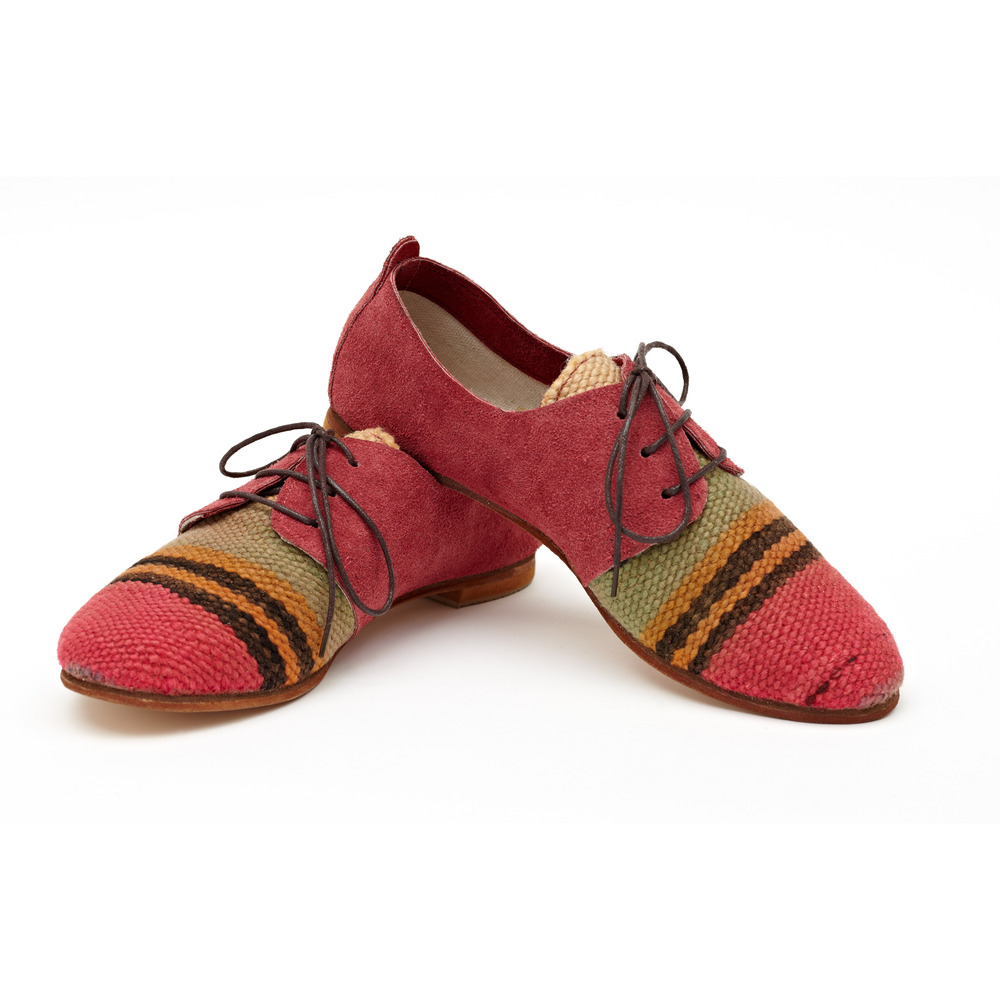
TEN & Co’s 2013 Spring/Summer collection has just been revealed. If the shoes themselves won’t blow you away, the photography by René Cervantes and styling by Noll and Alex Brannian will.
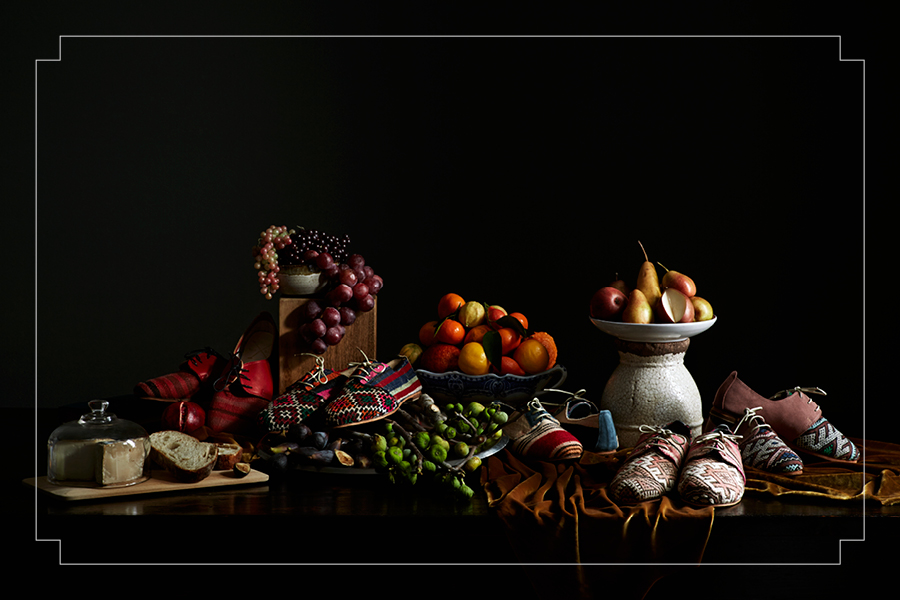
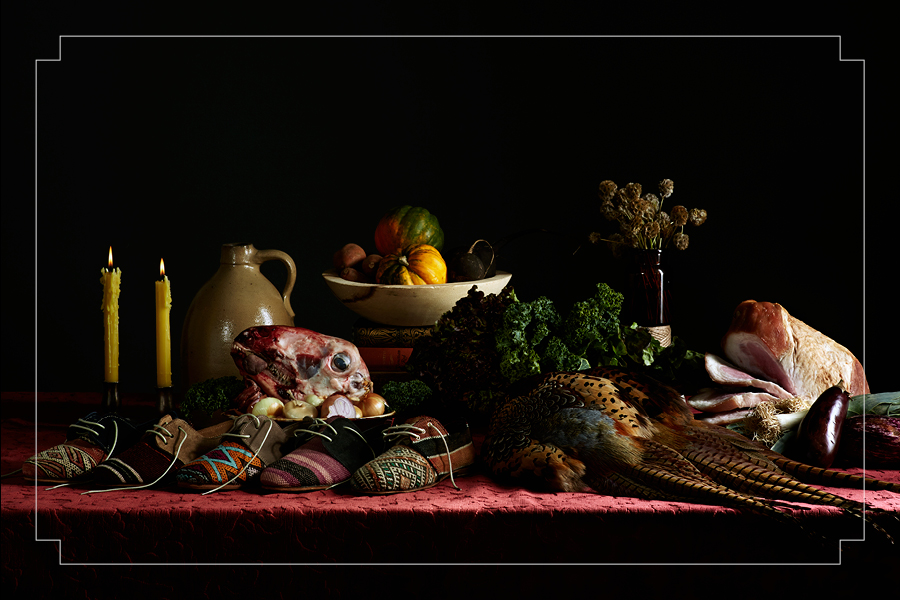

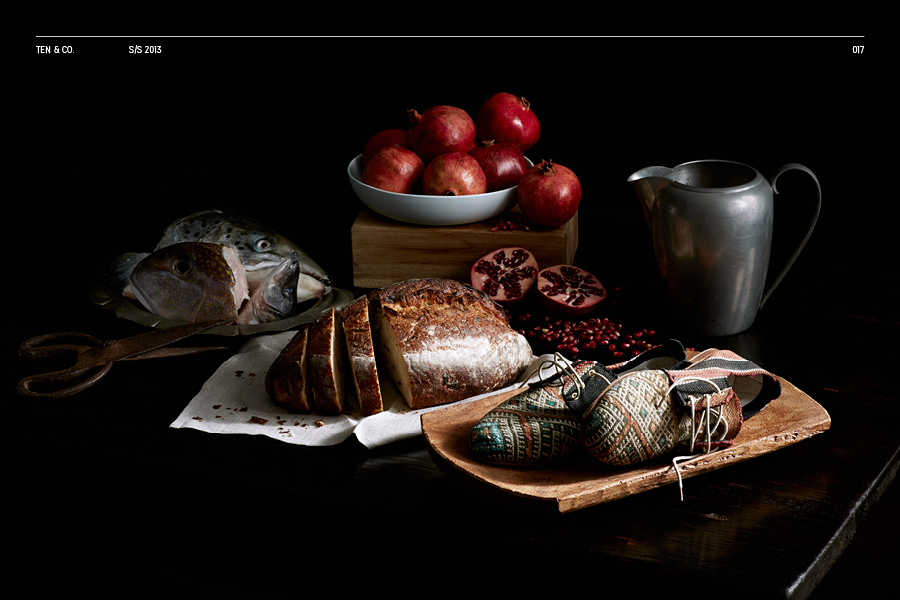

View the rest of the collection here.
